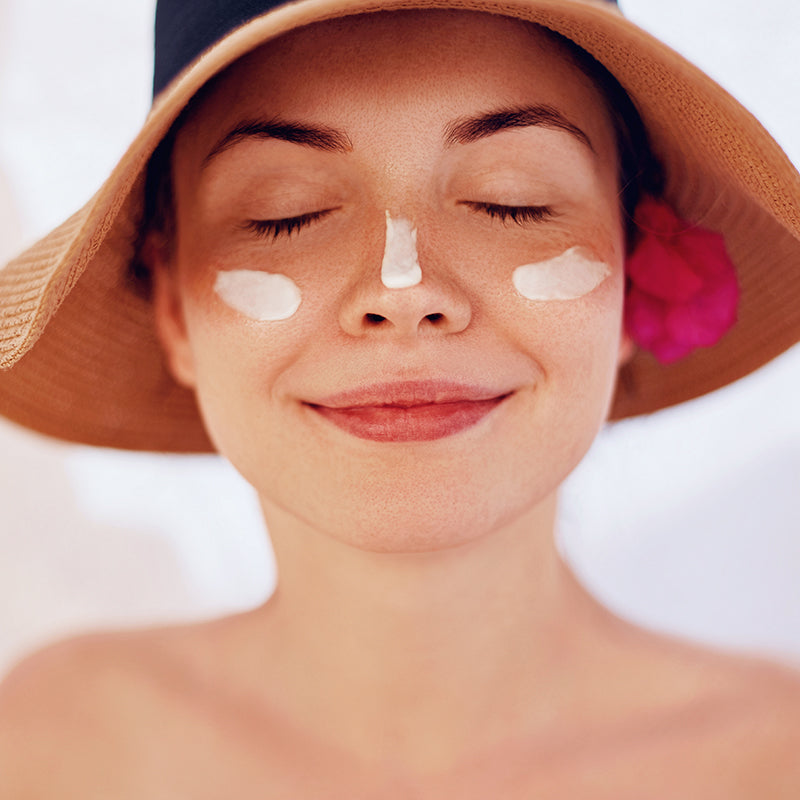
There’s More to Sunscreen than SPF! Get Sunscreen Savvy with Our Guide to Proper Protection
We’ve all gotten pretty good about using sunscreen to prevent premature aging, sunburns, and even skin cancer. But the nitty gritty of products, ingredients, and common myths can still get confusing — especially with new science and studies supporting that photo aging can happen in front of our SCREENS and particular lights! But worry not! We have simplified all you need to know to stay protected and avoid easy mistakes. After all, the sun is our friend, delivering much-needed vitamin D and lifting our spirits — if we protect our skin properly!
Scary Statistics: The Importance of Sunscreen!
Roughly 84,000 of people in the U.S. are diagnosed with melanoma every year, and more than 8,000 die from this type of skin cancer, according to a report by the American Academy of Dermatology Association. A whopping 90 percent of these cases are linked to ultraviolet radiation from the sun. These are some scary statistics.
You’d think using sunscreen regularly would be the obvious solution, but not so fast! The Environmental Working Group, a non-profit consumer advocacy group that has been investigating sunscreen products for 17 years, recently published a study about how only 25% of sunscreens on the market right now offer broad-spectrum protection without worrisome ingredients. Ugh, right? We have you covered! Read on to learn all about the dos and don’ts!
What Does SPF Mean?
In a recent article, dermatologist Sarah Adams from Kaiser Permanente shed light on a common misconception held by many consumers regarding SPF (Sun Protection Factor). Contrary to popular belief, SPF does not indicate the amount of time one can safely spend in the sun before reapplying sunscreen. Adams clarifies that "SPF measures how much UV radiation a sunscreen can absorb before it stops working."
To ensure effective protection, Adams advises choosing a sunscreen product with SPF 30, as it blocks approximately 97 percent of the UVB rays responsible for sunburn. Higher SPF values (such as 50, 70, or even 100) do not offer significantly more protection. Instead, they tend to contain excessive chemicals that can harm coral reefs and negatively impact our oceans.
Please note that even with sunscreen, it is impossible to block 100 percent of UVB rays. Additionally, individuals with fair skin tend to absorb more solar energy compared to those with darker skin under the same conditions. And remember that even in the shade some UV rays can still reach your skin!
Sunscreen Ingredients to Avoid
Sadly, there have been concerning incidents where well-known sunscreen brands like Banana Boat, Neutrogena, and Aveeno have faced recalls due to the presence of toxic and harmful ingredients. One such toxin is benzene, which is classified as a human carcinogen. To ensure your safety, please exercise vigilance and scrutinize ingredient lists.
Also steer clear of products that contain oxybenzone, known to cause endocrine disruption and organ system toxicity, as well as octinoxate, which has been potentially linked to reproductive toxicity. Additionally, be cautious of homosalate and nanoparticles, which may pose health risks.
What’s the Difference Between Mineral and Chemical Sunscreen?
There are two types of sunscreens: mineral and chemical. Mineral sunscreens contain harmless, eco-friendly ingredients like zinc oxide and titanium dioxide, providing a physical barrier on the skin. Chemical sunscreens absorb sun rays and work as filters. While both types offer protection, mineral sunscreens are preferable for their environmental friendliness and additional benefits like boosting collagen production and preventing break outs and irritation.
Our Favorite SPF Products
We strongly recommend using mineral-based sunscreens with zinc oxide for the best and safest protection. For everyday living and for extra protection, choose a blend of zinc (approx. 10%) and titanium dioxide (approx. 4%). Zinc oxide and titanium dioxide are mineral filters that are safe, protective and not likely to cause any irritation.
Being broad-spectrum filters, they protect against both UV-B and UV-A radiation. They are the perfect pairing for avoiding harm to your skin and the planet. Together, they almost form a chemical barrier that will shield you from damage.
Our team of experts suggests getting a daily dose of zinc and titanium dioxide if you spend some time outdoors, e.g., running errands or taking a brief walk. If you’re going to spend more time outside, please also rock your wide-brimmed hat and UPF clothing. A shirt with UPF 50 allows only 1/50th of the UV radiation to reach your skin!
We have partnered with Suntegrity, Jane Iredale Mineral Cosmetics and Epicuren, which offer planet-friendly, top-quality sun care products. These incredible sun protectors act as skincare, too! We use both brands daily as part of our beauty and health rituals.
Their clean, non-toxic-non-clogging formulas don’t leave you with that “white,” pasty look. To apply them seamlessly, use a technique called “sun bursting.” It simply means pressing the product onto and into your skin until it melts. If you’re mostly staying at home on any given day, a good product with zinc (10-20%) will do the trick. Check out our list of favorites!
Jenette’s personal FAVORITE!! This airy mineral foundation features titanium dioxide (14%) and zinc oxide (6%) with healing extracts of plankton, algae and pomegranate. Another plus: It’s reef-safe and is recommended by the SKIN CANCER FOUNDATION!
A mineral product with titanium dioxide and zinc oxide, along with pine bark and pomegranate extracts that fight free radical damage and kill bacteria; reef-safe and cruelty-free.
Fantastic mineral sun protection with zinc oxide (15-20%), incredibly hydrating and healing ingredients. Their Tinted Moisturizer offers broad-spectrum SPF 30 protection with vitamin C & E, peptides, melanin and Environmental Shield. The stick contains organic coconut oil, shea butter, castor seed oil, vitamin E, and aloe vera.
A lightweight, broad-spectrum, all-mineral SPF 50 moisturizer perfect for daily outdoor sports and activities. Titanium dioxide 6.5% and zinc oxide 8.7%.
An amazing blend of zinc oxide (10%), sodium hyaluronate, daisy flower extract; reef-safe, vegan, cruelty-free.
How Often Should I Apply Sunscreen?
Apply sunscreen every 80 minutes, especially after swimming or excessive sweating, and don't forget to cover areas like ear lobes, neck, scalp, hairline, and hands. Direct sunlight can deactivate sunscreen, so keep it in a cool, dry place.
Use more than you think you need to avoid missing a spot and spread it thoroughly and evenly. Do not forget to check the expiration date of last summer’s product. A bonus about Jane Iredale’s Mineral Powders is that they DO NOT expire, nor are they heat- or light-sensitive. It's the oNLY Sunscreen we know that is healthy for you; and you don’t have to worry about leaving it in your car or purse all year!
What About Kids and Babies?
Cover up your little ones! There is not much of an ozone layer in 2023! And the FDA does not regulate sunscreen intended for babies and children. These products are often much pricier and are just regular options with clever marketing, eye-catching packaging, and a more delicate, kid-friendly scent.
Most important is choosing sun protection that is reef-safe and contains 10-20% zinc without any of the harsh chemicals. Also, keep infants out of the sun for the first six months!
We’ve been working with a lot of influencers that spend hours in front of a ring light. This tool used for photo shoots and social media photography produces a soft, direct light that will minimize shadows to make your skin appear youthfully smooth and even. The downside of ring lights is the potential for premature aging and hyperpigmentation, which we have seen in several of our clients.
If you work with a ring light — and if you drive long distances — we recommend a Digital Defense Sunscreen. We sell three types at Being in LA (our spa and retail store) in Los Angeles. They feel a little heavier but offer sound protection.
Digital Defense also protects your skin from the HEV (High Energy Visible) blue light that’s emitted from smartphones and laptops. According to numerous studies, HEV light can penetrate the lower layers of your skin and cause premature aging and hyperpigmentation. It may also damage brain cells and your retinas.
However, unlike UVA and UVB rays, HEV is not considered to cause cancer. Yet, for every study that supports this claim, you can find one that does not. We’d say the jury is still out. It’s better to be safe than sorry, right?
Choose a Sunscreen That Fits Your Lifestyle!
With all this said, the RIGHT sunscreen is the one that fits YOUR specific skin type and lifestyle. It comes down to common sense. If you spend a lot of time outdoors; hiking, exercising or even working by a window all day, you will need to protect yourself more than if you spend most of your day inside in an office and just run a quick errand. We recommend donning wide-brimmed hats that you like to wear to accent your outfit whenever you are planning to spend more than 20 minutes in direct sunlight.
If your home office is by a window, or you’re driving around all day, you will need to shield yourself better. "The windows on airplanes, trains and buses allow UVA rays to pass through. That’s why airline pilots, crew members and even frequent travelers may get more skin cancers than other people," according to The Skin Cancer Foundation.
Sunscreen belongs in your skincare ritual year-round, regardless of the climate or where you reside — even when you’re just stepping out to check the mail, walking the dog, or sitting by a window working on your laptop!
The Takeaway
It comes down to this: We opt for non-toxic, reef-safe sunscreen 90 percent of the time, but sometimes we need the extra protection that may come with an ingredient that is "safe" but not ideal for our oceans and marine life. Be mindful of what you put in and on your body each and every day, and make careful choices with maximum protection and minimal side effects.
Enjoy the sun and stay safe, beauties! :)

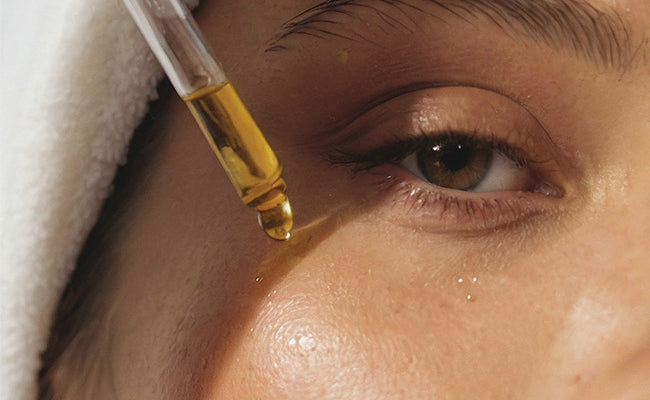
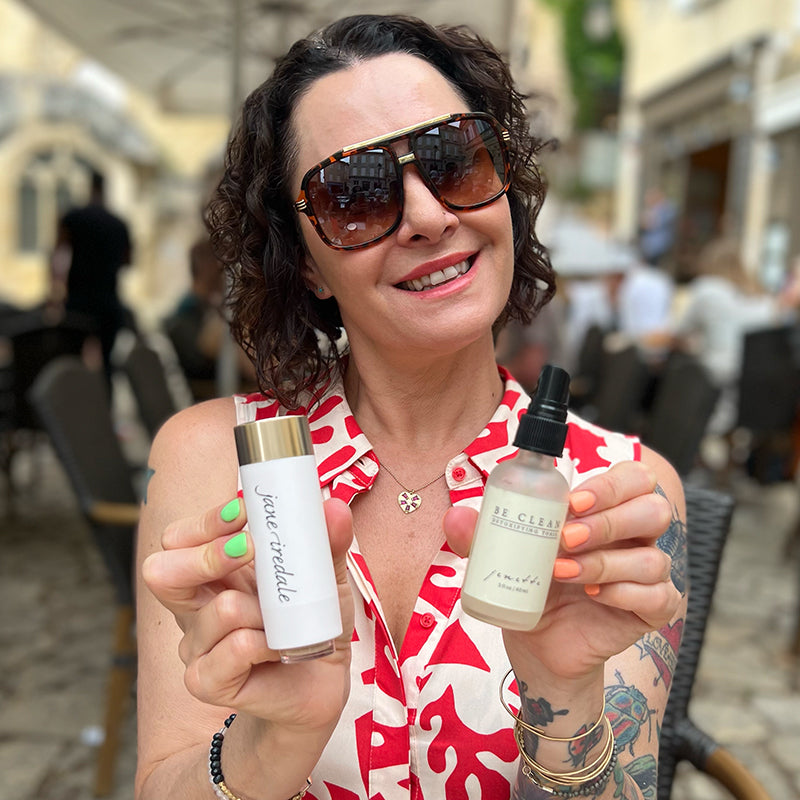
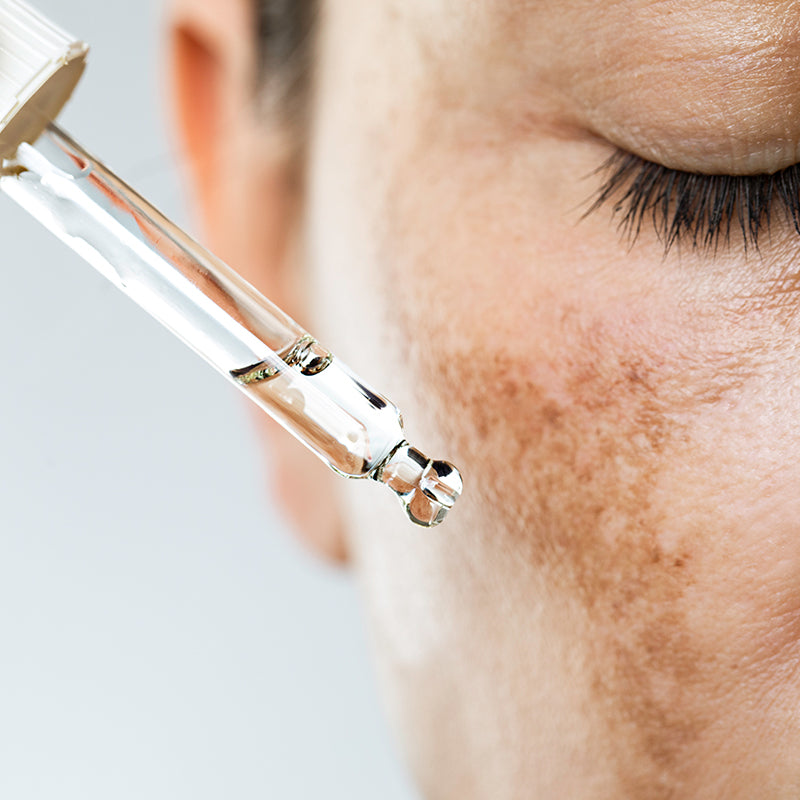
Leave a comment
This site is protected by hCaptcha and the hCaptcha Privacy Policy and Terms of Service apply.